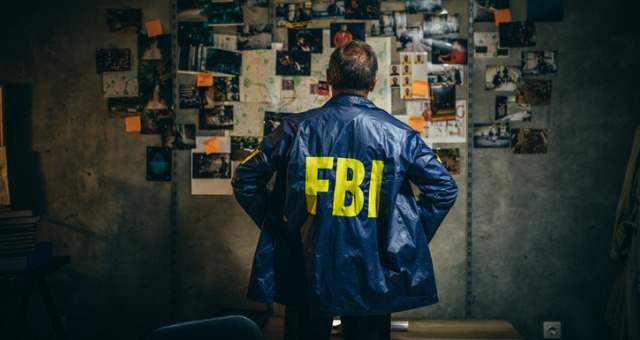Given suspicions that a student has cheated in a course, one of the most common recommendations is that an instructor meets with the student to discuss those suspicions.
No one wants this meeting. Guilty or innocent, no student wants to be accused of cheating. For the instructor, leveling accusations, even in the presence of stone-cold certainty, is almost equally unpleasant.
Worse yet, we live in an age of uncertainty. With the evolution of large language models such as ChatGPT and Gemini, it’s growing more challenging to distinguish authentic student work from auto-generated text strings. In these cases of uncertainty, meeting with the student for a clarifying conversation becomes even more important.
And in an ideal world, there would be piles of data about best practices for meetings that probe a student’s academic integrity. Conversely, there’s a good reason why we don’t have piles of data, and it has to do with standards for research ethics. To conduct a meaningful study about cheating confessions or academic integrity, researchers would need to mix students who cheated and confessed with students who cheated and did not confess.
There’s no world where non-confessing, cheating students agree to participate honestly in a study about cheating.
So, faculty are left to navigate these sorts of conversational interventions with only gut instincts and peer advice as guidance.
But look outside academia, and there is a world with a robust collection of data that informs the intervention process. That world is the world of interrogation. Specifically, United States government agencies have all sorts of advice on how to ask questions to those who may be suspected of misdeeds: Consider advice from organizations such as the CIA and the FBI.
Now, as a starting point, we’ll be ruling out the CIA’s traditional interrogation techniques right from the get-go. Actions such as taking the student’s possessions, shining a light in their face, and threatening their family are generally frowned upon by most institutions of higher education.
But a more recent guide has been published by the FBI through a collaboration with the CIA and DoD (Federal Bureau of Investigation, Central Intelligence Agency, and Department of Defense, respectively). In 2016, the group issued the HIG Report. HIG stands for High-Value Detainee Interrogation Group, and the report is their collaborative set of evidence-based guidelines for interrogations…or as they also call it, “guidelines for interviews.”
The foundational recommendation from the group is to build a positive rapport with the interviewee. For faculty, the interviewee would be the student. According to the literature the guidelines cite, building a positive rapport means establishing common ground and common values, perhaps agreeing that the course’s subject matter is challenging or that everyone makes mistakes. In this arena, empathy and reflective listening are also emphasized. Reflective listening might require the instructor to repeat something the student said during the interview—to demonstrate that the instructor was listening and understood.
The report also suggests making it clear that the student and the potential cheating behavior are two different and distinct things. A student may cheat, but that doesn’t necessarily make them a cheater. Such a framework may or may not be consistent with some life philosophies, but for the sake of an interview, the messaging should focus on separating the student’s identity from the act of cheating.
In asking about the potential cheating incident itself, the HIG report suggests that open-ended questions are the best starting points for an interview. Such questions might begin with the phrase “Tell me about…” or “Describe…”. Later in the interview, an instructor might find an appropriate space for more specific questions related to their suspicions of cheating.
There are other tips from the HIG report, perhaps more difficult to apply to academia, but no less interesting to consider. The group suggests that offering candy (something sweet) is one way to foster a more positive rapport with an interviewee. It also presents data that indicates comfortable, open rooms inspire more forthcoming behavior than cramped, uncomfortable quarters where an interviewee might feel cornered. There is also an interesting suggestion to have an interviewee draw a sketch during the meeting, as the increased cognitive load associated with the task will make it more difficult to maintain any sort of deception. In that same vein, the groups suggest asking unanticipated questions, as deceptive interviewees tend to invest significant time in predicting the interview questions beforehand, and unanticipated queries during the process can further undermine and frustrate efforts to deceive.
At the end of the day, the HIG report offers helpful, evidence-based advice for instructors to consider in navigating these intervention meetings. Although it’s unlikely such meetings ever become pleasant experiences, they can become productive tools to encourage transparency and integrity.
Federal Bureau of Investigation. (2016) High-Value Detainee Interrogation Group. https://www.fbi.gov/investigate/terrorism/high-value-detainee-interrogation-group






